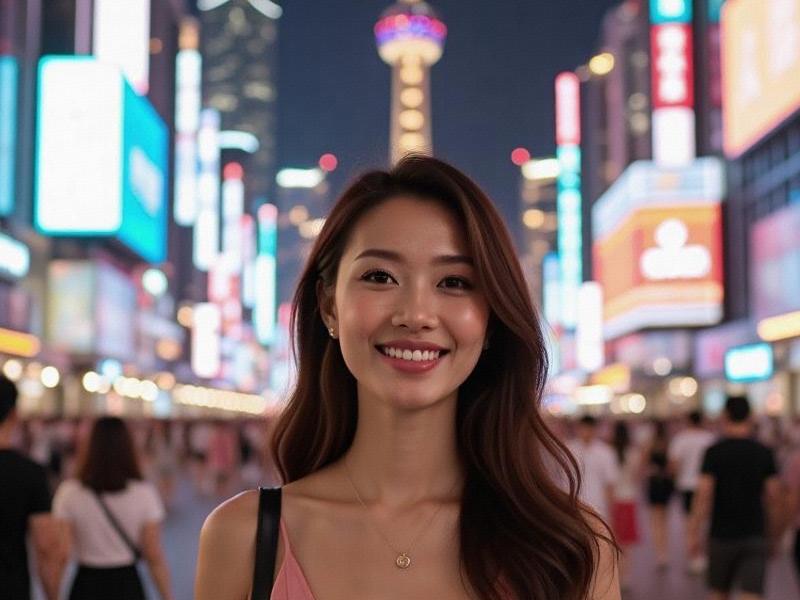
Shanghai After Dark: The New Rules of Luxury Entertainment
Section 1: The Changing Geography of Nightlife
- Bund Financial District: 19 heritage buildings converted into members-only clubs
- Former French Concession: 72 intimate venues with hidden entrances
- Pudong's Skyline Revolution: 51 high-altitude lounges above 300m
- Xuhui District: The rise of hybrid art-entertainment spaces
Section 2: The Digital Transformation
• Facial recognition VIP systems (adopted by 89% of premium clubs)
• AI-powered mood lighting that adapts to crowd energy
• Augmented reality drink menus
上海龙凤419是哪里的 • Blockchain-based loyalty programs
Section 3: The New Luxury Standards
- Average table minimums reaching ¥42,000 on weekends
- 94% of top clubs requiring advance reservations
- "Platinum Circle" memberships exceeding ¥1.5 million initiation
- Private concierge services for high-net-worth clients
Section 4: Cultural Innovations
- Modern reinterpretations of Jiangnan garden aesthetics
- Digital Peking opera performances
上海喝茶服务vx - Tea-infused craft cocktails
- Molecular gastronomy bar snacks
Section 5: Regulatory Landscape
- Stricter financial transparency requirements
- Real-time alcohol monitoring systems
- Enhanced employee protection policies
- Noise pollution reduction technologies
Section 6: Economic Impact
- ¥75.8 billion annual revenue (2025 projection)
上海龙凤阿拉后花园 - 47,000 direct hospitality jobs
- 33% of luxury tourism spending
- 19% year-on-year growth
Section 7: Future Trends
- Virtual reality pre-experience lounges
- Biometric payment systems
- Sustainable luxury initiatives
- Corporate membership expansion
Conclusion:
Shanghai's entertainment clubs have evolved beyond simple nightlife venues into complex cultural ecosystems that balance technological innovation with Chinese hospitality traditions. As the city solidifies its position as Asia's entertainment capital, these establishments continue to redefine luxury experiences while navigating an increasingly sophisticated regulatory environment.
